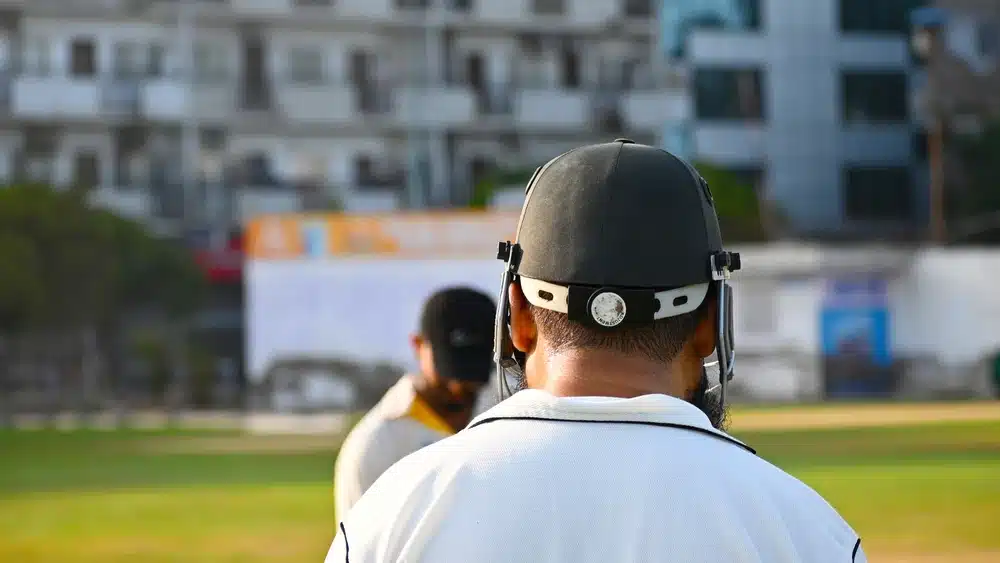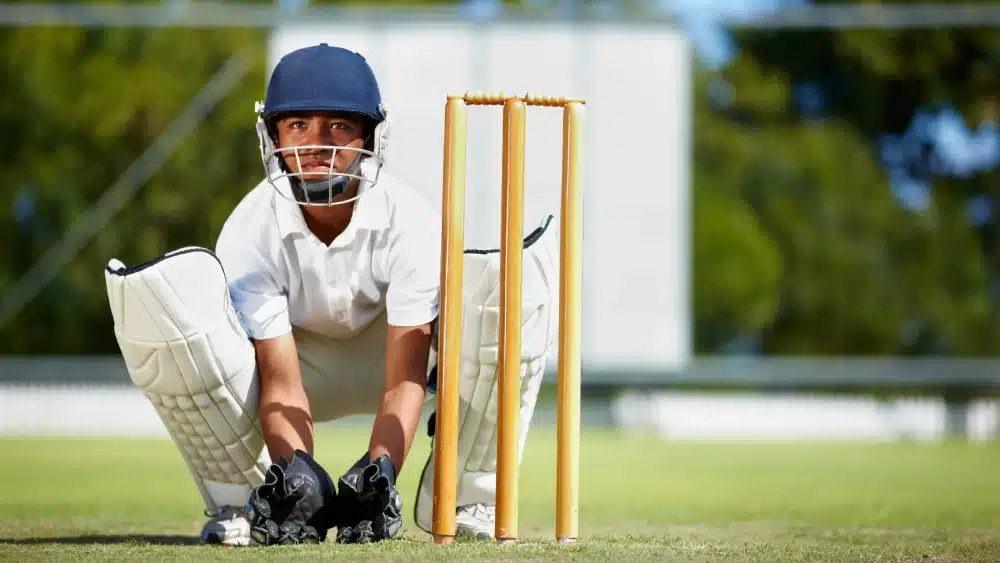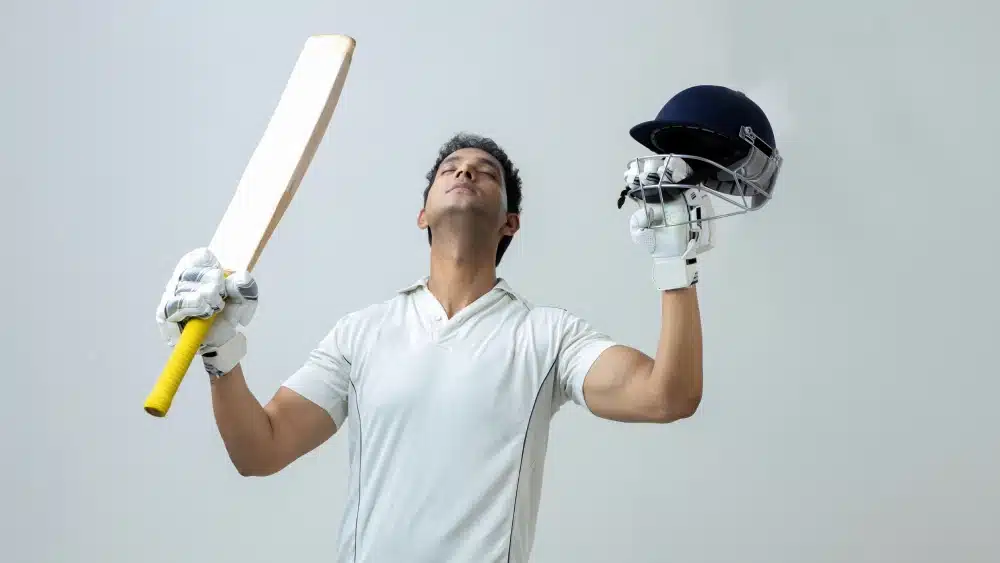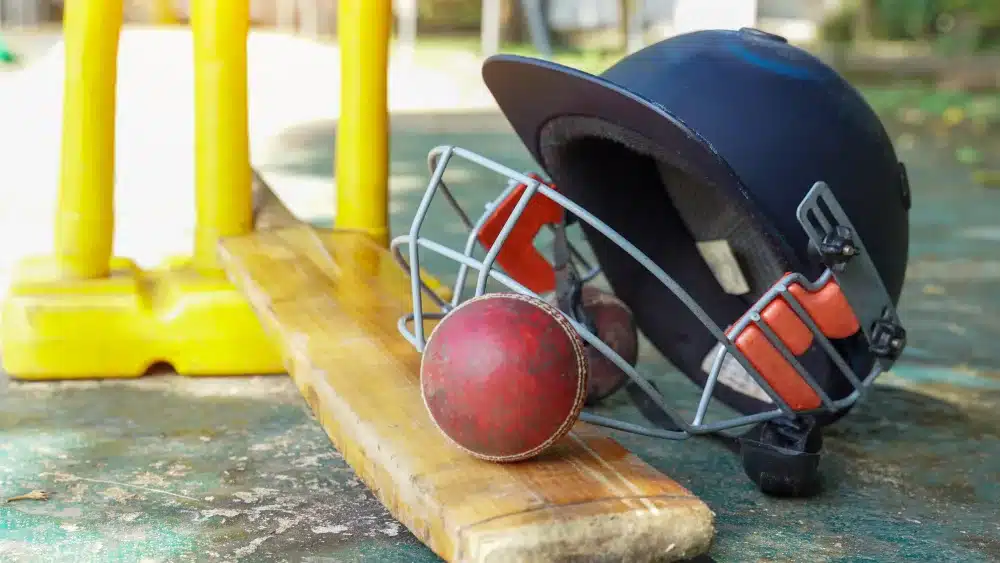
In a game of cricket, the term ‘stumps’ is used frequently. Stumps meaning in cricket has three different interpretations. Let’s have a look at them:
Stumps meaning in cricket
The word ‘stumps’ has three different meanings in cricket. Stumps refers to an essential equipment used in the sport, a mode of dismissal, and it is also used to signify the end of a day’s play.
Part of the wicket
Firstly, stumps are three vertical pieces of wood that are used at each end of the pitch. The cricket equipment also supports two bails, which together form a wicket. Each stump has a particular name.
The stump on the off side of the wicket (the same side as the batter's bat) is known as off stump, while the stump placed at the centre is called middle stump. The third stump is referred to as leg stump, which is positioned on the side of the wicket (the same side as the batter's legs).
As per standard rules, all three stumps must be 28 inches (71.1 cm) tall. Each stump is allowed to have a maximum diameter of 11⁄2 inches (3.81 cm) and a minimum diameter of 13⁄8 inches (3.49 cm). According to the laws, the width of each wicket should be 9 inches (22.9 cm).
The design of each wicket is usually long and circular. Each stump has a spike at one end for inserting into the ground while the other end has a U-shaped groove on which the bails rests. In junior level cricket, the stumps have lesser dimensions.
In modern-day cricket, LED stumps have replaced wooden stumps in various T20 leagues across the world. Furthermore, bails are also embedded with red LEDs, which are called ‘zing’ bails.
With the commercialisation of cricket, stumps are branded with a sponsor’s logo.
For improved coverage for the fans, stumps also include a mic to listen in on the onfield chatter amongst players and a small television camera as well. Known as stump-cam, they offer unique angles for action replays.
Mode of dismissal
The term ‘stumps’ is also used to refer to a particular mode of dismissal in the game of cricket.
When a batter is out of their crease, and the wicket-keeper dislodges the bails, the batter is dismissed ‘stumped’ under the laws of cricket.
Additionally, in case of a bowled as well as run-out, the stumps need to be disturbed. Hence, stumps play a key role in various modes of dismissals.
End of day’s play
Stumps is also used to signify the end of a day’s play in cricket. The term is used during cricket’s longest format, i.e in Test matches and First-Class matches played over 4-5 days.
When the final delivery of the day is bowled, the umpires call stumps, which means play is over for the day. They usually remove the bails at the end of a session, before Lunch or Tea, while the umpires remove the stumps to signal the end of the day’s play altogether.
Photo credit: Alamy



















